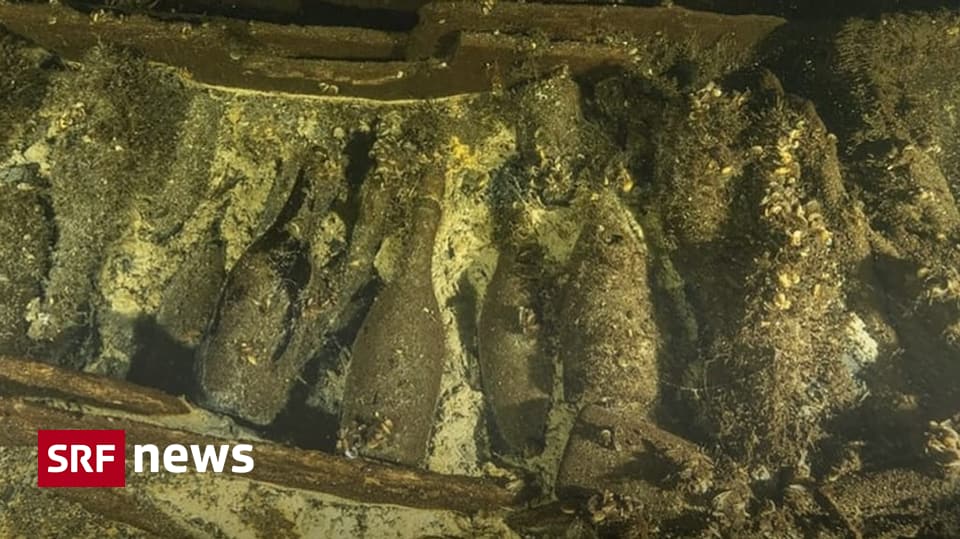Atmospheric dust deposited on the sea surface appears to play an important role in nourishing ocean ecosystems. Using satellite data and modeling, a study shows that the dust promotes the growth of phytoplankton, the food base for all marine organisms. Thus atmospheric dust makes a complementary contribution to the nutrients that are transported from the depths to the surface by ocean mixing. However, in light of climate change, the researchers assume that this effect will change in the future.
Oceans play an important role in the global carbon cycle. Carbon dioxide from the atmosphere dissolves in the water, where it is converted into organic matter by phytoplankton during photosynthesis. Some of these sinks to the sea floor, where they make up one of the most important carbon sinks in the world. Mixing also brings nutrients from the ocean depths back to the surface, where they, in turn, contribute to the growth of phytoplankton. In addition to nutrients from the depths, phytoplankton also use nutrients that are on the ground, blown by the wind or thrown into the air by volcanic eruptions. However, it has so far been difficult to estimate the contribution of this atmospheric dust.
Ocean color provides information about phytoplankton
A team led by Toby Westbury of Oregon State University has mapped these effects globally for the first time. “Soil particles that are released into the atmosphere over land can be volatilized thousands of kilometers across the sea before eventually being deposited on the surface where they can stimulate photosynthesis and plankton growth,” Westbury explains. “Using recent observational data, we have shown on a global scale that transported nutrients trigger a response in ocean surface biology.”
Using satellite images, the researchers analyzed the color of the oceans and made conclusions about the density and health of phytoplankton. Green indicates an abundant, healthy population of phytoplankton with high levels of chlorophyll. On the other hand, blue waters are found in areas where there are few phytoplankton, which are often poorly supplied with nutrients and therefore low in chlorophyll. They combined this data with dust and sediment transport modelling. “It’s difficult to quantify the amount of dust that is deposited in the ocean because a lot of the deposition occurs during rainfall when satellites can’t see the dust,” explains co-author Lauren Rimmer of the University of Maryland in Baltimore. “That’s why we turned to a model.” They validated this with available observational data.
The effect depends on latitude
It turns out that depending on the region of origin of the dust, it brings with it different proportions of related nutrients such as iron, phosphorus, and nitrogen. Therefore, it has different effects on the growth of photosynthetic plankton. But in addition to the formation of the dust itself, the environmental conditions at the access point also play an important role. The research team found that dust in regions near the equator improves primarily the health of phytoplankton, but not the amount. “This result is consistent with the current understanding of planktonic ecosystems at low latitudes,” the team explains. Since the ecosystems in these regions are mostly quite stable, there is a close balance between phytoplankton and their consumers. So if more phytoplankton is produced due to increased nutrient availability, the new production is quickly consumed.
“In contrast, growth conditions at higher latitudes change continuously throughout the seasons, and this variability provides a stronger separation between phytoplankton proliferation and loss rates,” the authors said. Indeed, they found that dust deposits at higher latitudes increased phytoplankton biomass.
Interaction between ocean and climate
The research team estimates that deposition of dust on the ocean surface ensures the transfer of about 255 million tons of extra carbon as part of the primary production of phytoplankton. This corresponds to a 4.5 percent share of the global carbon sink. “Regional differences in this contribution could be much larger, amounting to 20 to 40 percent of the annual particulate carbon exported from the ocean surface,” Westbury and his team report. Thus, atmospheric dust in the ocean helps regulate the level of carbon dioxide in the atmosphere, which in turn is an important factor in global warming. “We expect this connection between the atmosphere and the oceans to change as the planet continues to warm,” Westbury said. The methods developed in the study can help to understand these changes.
Source: Toby Westbury (Oregon State University, Kovalis, USA) et al., Science, Available Here. doi: 10.1126/science. abq5252

“Alcohol buff. Troublemaker. Introvert. Student. Social media lover. Web ninja. Bacon fan. Reader.”







More Stories
Is the wrong diet making you forget?
We can study it with a new telescope.
Education: Start studying astronomy at school.